Around the middle of seventeenth century man-midwifes or accoucheurs began to revolutionize the practice of obstetrics by reforming education, introducing scientific principles, and developing safe rules for the conduct of the delivery and the use of the forceps. Foremost among this new brand of practitioners were two Scotsmen, William Smellie and his one-time student William Hunter. Both wrote books describing normal pregnancy as well as its complications.
William Smellie (1697–1763) went to Paris for obstetric training but became dissatisfied with the teaching there and returned to England to practice and teaching in London. Described as “the master of British midwifery,” he was one of the most important obstetricians of all times. He made significant changes in the design of the forceps and laid down rules for using it. He gave midwifery courses of his own, and in 1751 published his landmark Treatise on the Theory and Practice of Midwifery based on 1,150 deliveries. This he supplemented in 1754 with the Anatomical Tables, issued in only 100 copies and providing the most detailed and accurate depictions of childbirth at the time of its publication.
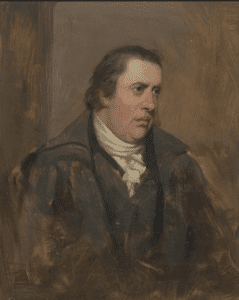
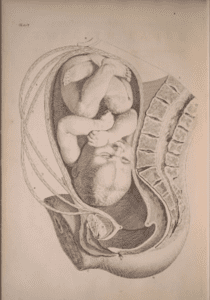

William Hunter (1718–83) another Scotsman, was twenty-one years younger than Smellie, whom he joined in practice in London. Although he knew about forceps, he took pride in using them rarely and commented that his had rust on them. He praised the virtues of conservative management and was one of the first obstetricians to enter the field of normal labor. At age thirty became Surgeon Accoucheur to the Middlesex Hospital; at forty-four he was made consultant to Queen Charlotte, mother of the future King George IV; and at fifty was elected to the Royal Society. His famous publication, the Atlas of the Human Gravid Uterus, was published in 1774 and did much to advance the understanding of human pregnancy.
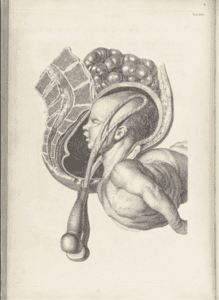
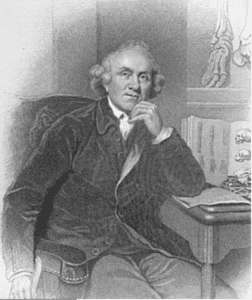
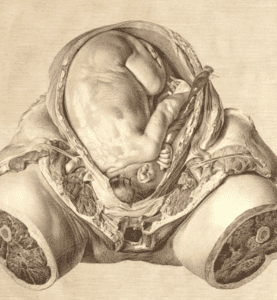
Most of the illustrations in the books by Smellie and Hunter were made by Jan van Riemsdyk, a medical illustrator from the Netherlands. He is remembered principally for these illustrations but before returning to the Netherlands drew some anatomical sketches, portraits, and made several paintings. Nothing is known about his personal life. “As far as the man himself is concerned, we know only that he was a Dutchman who appeared in London about 1750 and worked industriously for 15 years producing magnificent medical illustrations which are still copied by modern artists. He leaped, full grown, onto the medical scene out of nowhere and disappeared just as mysteriously.”1

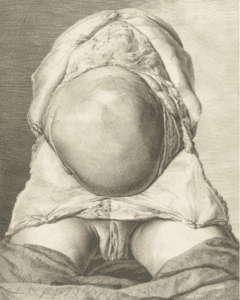
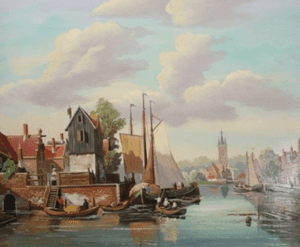

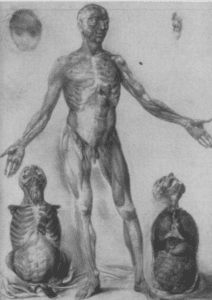
Reference:
- Huffman, J.W. Jan van Riemsdyk. Medical illustrator extraordinary. JAMA 2018:121, 1969.
GEORGE DUNEA, MD, Editor-in-Chief
Fall 2018 | Sections | Birth, Pregnancy, & Obstetrics

Leave a Reply